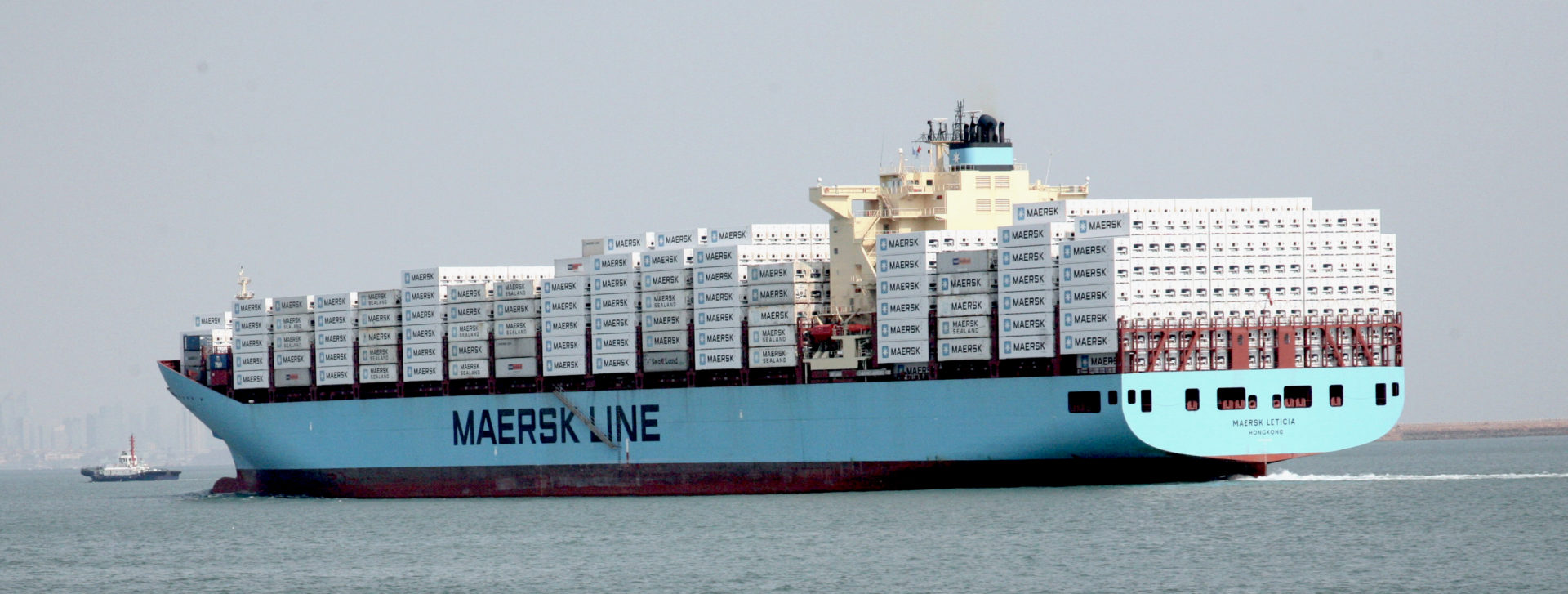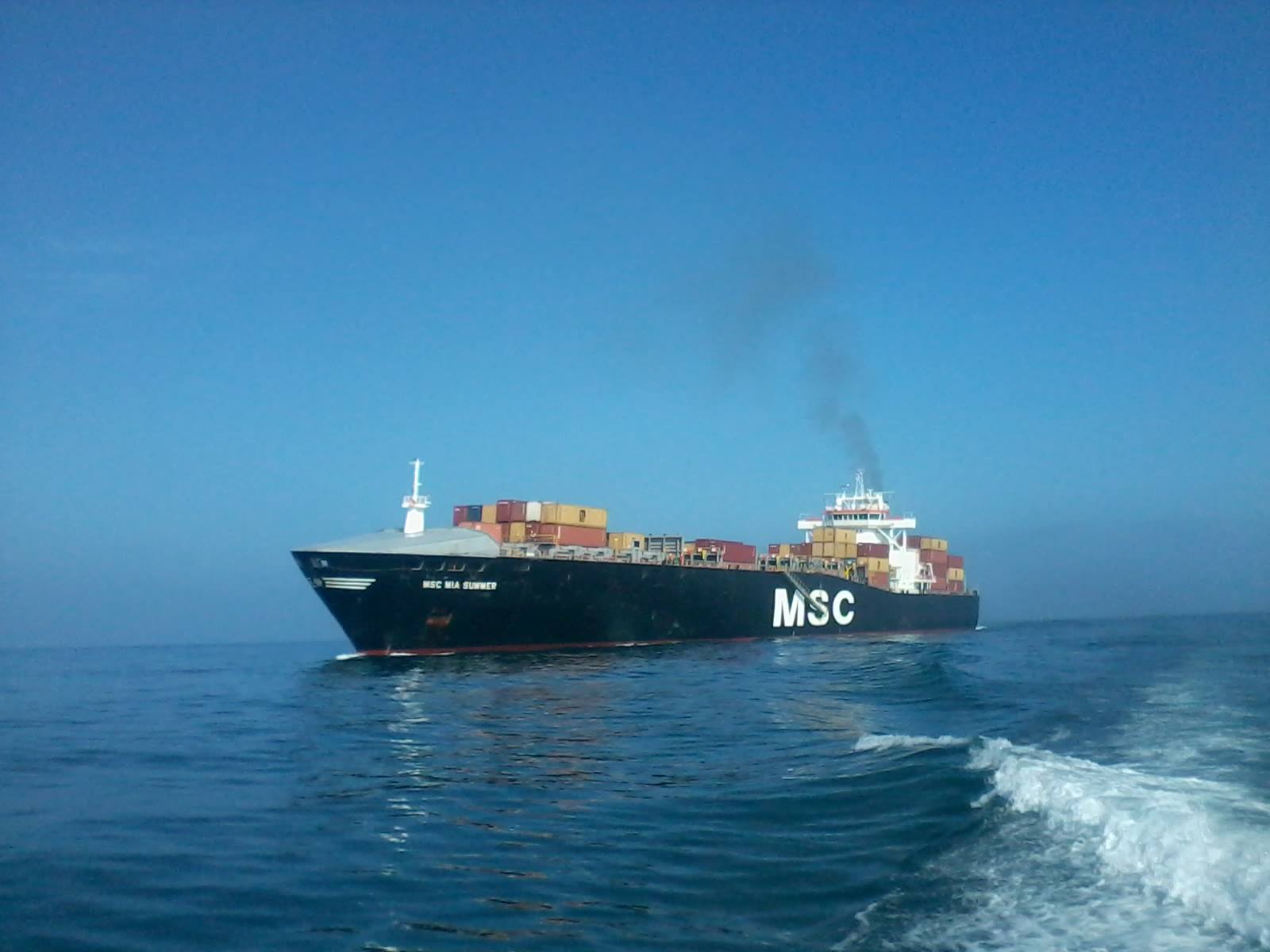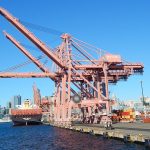How MSC and Maersk’s 2M Alliance Split Will Affect Shippers
On Thursday, Universal Cargo’s blog was about MSC and Maersk announcing they’re ending the 2M Alliance. The world’s top two shipping lines said they’re doing this to “pursue individual strategies.” I promised at the end of the post to get into the strategies Maersk and MSC are pursuing and what the end of 2M likely means for shippers. Now it’s time to make good on that promise….
MSC and Maersk’s Divergent Strategies
The outlook of the international shipping industry changed dramatically during the pandemic. Yes, there were shutdowns, problematic restrictions, disruptions, congestion, delays… but perhaps the biggest shifting factor for the permanent landscape, or oceanscape if you will, was the billions upon billions of dollars ocean freight carriers made. This allowed shipping lines, which have often struggled with profitability, to change their business strategies with major spending.

Maersk and MSC were both major spenders, but the alliance partners clearly had divergent strategies with their spending.
MSC was all about building its already significant fleet. As mentioned in the last blog, MSC continued to build up its ship orders but also bought “anything that floats.”
While MSC focused on becoming the biggest ocean freight carrier in the world in terms of container ship capacity, Maersk looked to expand beyond the water and become an end to end service provider. In its pursuit of becoming an integrated provider of logistics services for its customers, Maersk has been aggressive in acquiring other logistics companies, including Martin Bencher Freight Forwarders, Senator International Freight Forwarding, Pilot Freight Services, HUUB, Li & Fung Logistics, and Logistics Holdings.
MSC has moved beyond the water a bit too. Its inland network and services have expanded, and it opened an air cargo division. However, MSC’s clear focus is its ocean freight shipping, whereas Maersk clearly seems to be turning its ocean freight shipping into a piece of its larger logistics focus. The billions Maersk has spent acquiring logistics companies makes this very clear.
In a Journal of Commerce article about the 2M Alliance split, Greg Knowler quoted Maersk’s Executive Vice President Johan Sigsgaard in talking about the carrier’s strategy change:

“Our strategy now is very different, and we are in a very different place to where we were back in 2015 when we formed this alliance with MSC,” Sigsgaard said. “We didn’t have an integrated strategy, and at the same time, we were all facing the arrival of ships of 20,000-plus TEU, so having the alliances was a good tool to make sure the ships were fully utilized.”
Sigsgaard said the carrier’s executives have concluded that a standalone Maersk network will put the company in a more advantageous position for the coming years, hinging on control of cargo across its end-to-end logistics.
“We have come to a point in our integrated strategy where we have a much stronger connection between the ocean and land-based network,” he said. “We need an ocean network that has critical connection points where we have control and can provide agility and flexibility to customers when demand goes up and down quickly.”
As I brought up last time, MSC’s focus on fleet growth made it appear for some time that MSC was positioning itself to go it alone, without an alliance partner. With the biggest fleet size in the world, perhaps MSC’s ambition is to be the most dominant ocean freight carrier in the water.
Having some understanding of why the carriers are ending the alliance, what shippers are likely even more concerned with is how this will affect them….
An Alliance Shakeup
Even with the complete end of the 2M Alliance two years off, we’re seeing a carrier alliance shakeup.
There are three carrier alliances that dominate ocean shipping: the 2M Alliance, THE Alliance, and the Ocean Alliance.
There’s much speculation over whether Maersk or MSC would try to join one of the other alliances or pull any carriers from one of those alliances to form a new carrier alliance. However, Sigsgaard’s quote made it sound like Maersk is looking have its own standalone network for increased agility and flexibility while MSC has grown a fleet bigger than the combined one it had with Maersk at the time 2M formed, making it unlikely to need any alliance partners. The latter is, of course, assuming MSC doesn’t struggle selling space on its ships.
Ultimately, I don’t think either Maersk or MSC will be looking for new alliance partners, at least not right away. As long as their strategies are successful.
Even if there is no alliance change outside of the 2M Alliance ending, that’s still a major shakeup with one of the three major alliances that dominate all of ocean shipping splitting into two completely independent and very large on their own carriers on the trade lanes.
Traditionally, Maersk has been the leader in the ocean freight industry. As it did, so did other major shipping lines. It’s possible larger carriers may think they can go back to going it alone, without their alliances like Maersk and MSC are doing. If a couple carriers decide to go this way, it would be disruptive for their left behind alliance(s). Even if none of the carriers try to strike it out on their own, there’s a good chance the change in shipping’s oceanscape could cause a reshuffling of the remaining alliances, with each carrier wanting to position itself as best as possible. However, there’s risk that a carrier or carriers could get left out in the cold. Picture Jack dying in the ocean as Rose keeps alive on the floating wood at the end of Titanic.
Maersk and MSC do already have vessel sharing agreements (VSAs) outside of 2M. There’s some wonder about whether these will continue. For now, there’s indication such VSAs will continue but not all of them. Knowler reports:
Maersk currently has 40 to 50 [VSAs] outside the 2M Alliance and many of those will continue, Sigsgaard said.
“But they will be a bit more targeted and more dynamic in nature than a 10-year agreement,” he said. “We see VSAs as beneficial, and they will supplement the backbone network that we control ourselves.”
Shippers Could Gain Some Risk Reduction
If in the end there are fewer alliances and VSAs, shippers will have more control and knowledge of whose ships their cargo is on. This could help importers, exporters, and cargo insurers reduce risk.
One of the early criticisms of the carrier alliance, along with the megaship, craze in international shipping was shippers had less ability to spread their cargo out to different ships belonging to different carriers, which is one way shippers can reduce their risk when importing and exporting.
For many shippers, the worry over this risk became a stark reality when the major shipping line Hanjin went bankrupt. Its ships got stranded at sea, but they carried a great deal of cargo shipped through Hanjin’s carrier alliance partners. Many shippers who owned some of that cargo had no idea their cargo was onboard Hanjin ships until it got majorly and expensively delayed.
Increased Competition & Downward Pressure on Freight Rates
I’ve always been critical of carrier alliances, though I understood carriers’ argument for them when they were struggling with overcapacity, profitability, and needed to cooperate to fill the megaships they’d become obsessed with. My biggest critique of carrier alliances is that they decrease competition and increase cooperation among competitors in an industry that has long been marred by collusion.
I warned that freight rates would eventually significantly rise thanks in large part to carrier alliances and their cooperative control over capacity, even if they did resist the seemingly increased opportunity and temptation of (illegal) cooperation on pricing. That warning turned out to be a true portend when the pandemic hit. Initially, demand was expected to drop and carriers to lose billions of dollars. The carrier alliances blanked (cancelled) hundreds of sailings, reducing capacity (supply) well below demand, and freight rates surged despite an initial decrease in demand. Of course, lockdowns and stimuli caused spending on goods, and thus shipping demand, to soar, helping to skyrocket freight rates.
A reduction in alliances means an increase in competition and less cooperative control over capacity (supply) in the market. That should mean downward pressure increases on freight rates. At least, the ability to relieve downward pressure on freight rates decreases.
Additionally, Maersk is a very interesting player in this game.
With the Danish carrier moving to an integrated, end to end logistics provider strategy, it likely won’t have to lean on the ocean freight portion of its operations making the bulk of its profits. It needs the overall logistics services to make a profit and could use other portions of the transit and its services to make up for lower profits or even what would be losses for a strictly ocean freight carrier on the ocean freight portion of its services.
This could give Maersk the ability to undercut its competition. Not many years ago, Maersk’s publicly announced strategy was going after its competition and buying out carriers that couldn’t compete. There’s no reason to think Maersk would be above this kind of strategy now. This is the same company that only a little over 5 years ago said carrier competition would shrink to just three global companies.
If things did go to an extreme with freight rate wars, as happened in the years of financial struggles for carriers, it could lead to increased competition and low freight rates giving way to less competition as carriers go under and get bought out, and then freight rates rising. If Maersk’s prediction of only three carriers remaining came true, I’d still have Maersk and MSC on my list of those to survive. But I don’t think shippers should root for an outcome with such little competition.





